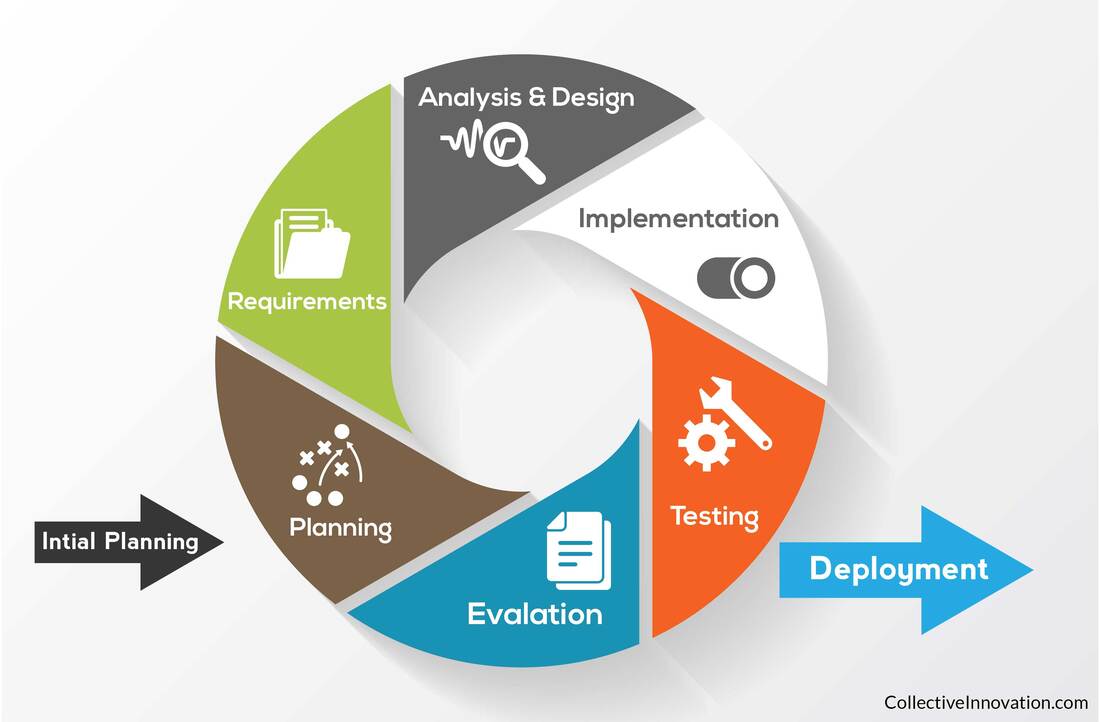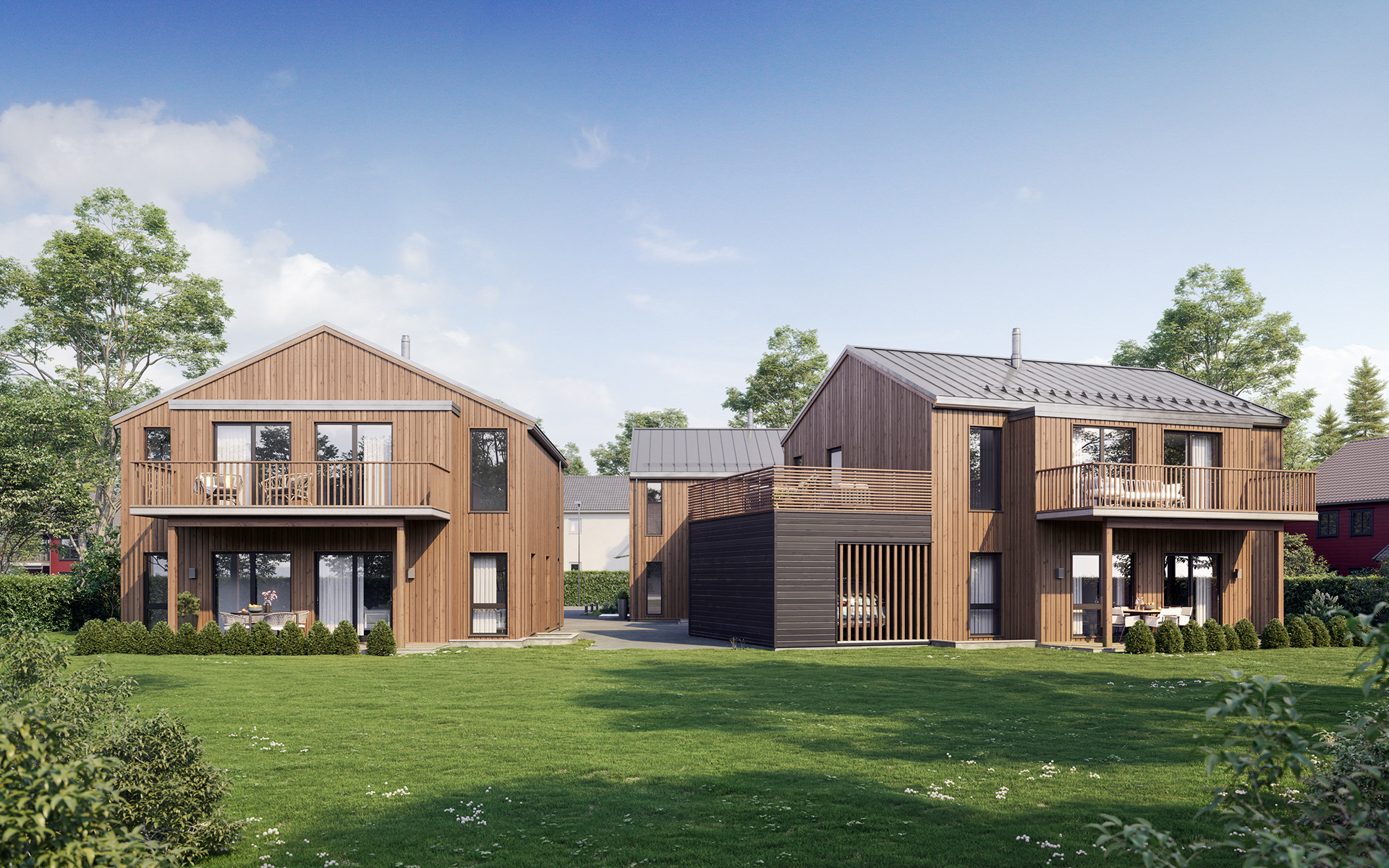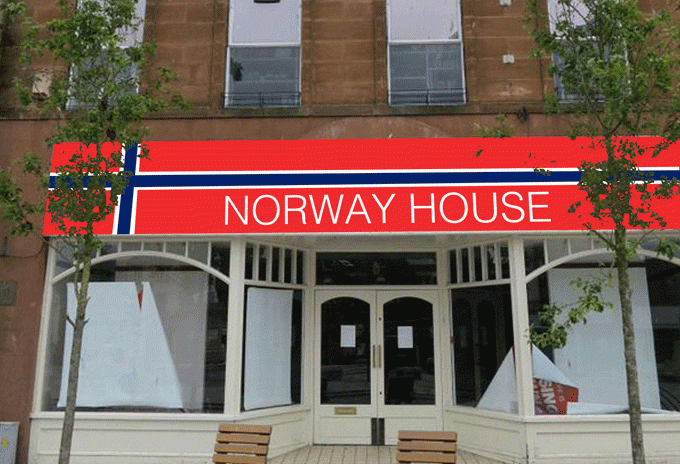Table Of Content

Iterative development is a product development method that emphasizes flexibility and collaboration by designing, prototyping, and testing smaller features within the overall product. This approach allows development teams to work through the process quickly and limit costs due to errors and unexpected results. It starts with identifying a problem, ideating solutions, prototyping the best possible solutions, testing and refining them, and, finally, implementing a product.
Apple’s Product Development Process – Inside the World’s Greatest Design Organization
Iterative development enables software developers to react quickly to changes as a product evolves. These examples show how this approach improves flexibility during software development. Teams that can learn from user feedback and iterate on features tend to stress less about making a product “perfect” before it gets released. They know that, as long as it’s good enough, solves a user problem, and can be learned from, they can go back and make it better later. All this testing amounts to what is essentially a huge resource of user feedback that can be used to improve your website’s design, usability and, ultimately, your overall customer experience.
Cost and Time Savings
You should also establish KPIs and milestones so everyone knows what they’re working toward at each project stage. NASA adopted the iterative model in the 1960s with Project Mercury and has continued its use through the Space Shuttle project, as well as for working with the U.S. Cognitive psychologist and design consultant Don Norman offers a much broader view of human-centered design in his course Design for the 21st Century.
Higher Quality Products

Researchers tried to reproduce the findings of 21 experiments, but had limited success. Because it involves human emotion, psychology is extremely complicated and experiments can be difficult to duplicate. For example, Agile and Scrum methodologies are based on an iterative and incremental approach.
Implementing agile project management techniques, such as Scrum or Kanban, can promote adaptability, collaboration, and iterative progress throughout the development cycle. Scheduling periodic meetings to evaluate the project’s progress, identify areas for improvement, and discuss potential changes can help the team stay aligned and focused on their goals. Also, several of the error messages introduced in version two were rewritten to make them constructive and better inform users how they can correct their errors. For example, if you want to see if a feature will create an impact or not, you can easily create a prototype iteration and ask customers for feedback. There’s no need for a full set of features, a simple capability will show you the result.
Minimum Viable Product (MVP) and Design - Balancing Risk to Gain Reward
With Luzmo, you can get an embedded dashboard for your SaaS product quickly and easily. Add it to your software and iterate as your customers and team leave feedback. It’s 2023 and design is the type of work that can and should be done in the cloud. There are plenty of apps such as Figma or Invision that let you design and collaborate with your team online. That way, everyone can work on a project at the same time and they can leave feedback in the same document.
Challenges of the iterative design process
To do this perfectly, it would be necessary to perform true, contextual field studies of how consumers actually access their bank account and other bank information. Unfortunately, it is rarely easy to use current field data to predict frequencies of use for features in a future system, because the very introduction of the system changes the way the features are used. LogRocket identifies friction points in the user experience so you can make informed decisions about product and design changes that must happen to hit your goals. With LogRocket, you can understand the scope of the issues affecting your product and prioritize the changes that need to be made.
Brooklyn Museum's lobby to see tech-heavy makeover: iBeacons, apps, iterative design - Technical.ly
Brooklyn Museum's lobby to see tech-heavy makeover: iBeacons, apps, iterative design.
Posted: Tue, 27 Jan 2015 08:00:00 GMT [source]
The organization must be able to generate revenues and profits from the solution. The viability lens is essential not only for commercial organizations but also for non-profits. Spot opportunities and challenges for increasing the impact of design systems and DesignOps in enterprises. Leveraging any data and research available, these decisions largely depend on instinct and experience. Although positive feedback can tell us when we’re on the right path, negative feedback can tell us when we’re on the wrong path as well — so we’re constantly moving forward, never truly wasting any valuable time.
Revealed: The secret notes of Blue Origin leaders trying to catch SpaceX - Ars Technica
Revealed: The secret notes of Blue Origin leaders trying to catch SpaceX.
Posted: Mon, 04 Oct 2021 07:00:00 GMT [source]
Without comprehensive user feedback, the design remains an untested hypothesis. The rapidity with which shortcomings are identified allows for accelerated learning and improvement. At this stage, you’ll also set overall project goals, establish clear roles for each team member, and create timelines and digital workflows so work moves forward on schedule.
This will enable developers to create the most user-friendly product that meets the desired objectives. Iterations are a standard, fixed-duration timebox in which development teams deliver one iteration of a product. There is no exact length required for an iteration, but to follow the goals of rapid development, it's generally measured in weeks.
In the diverging “Discover” phase, designers gather insights and empathize with users’ needs. The team tests these prototypes with real users to evaluate if they solve the problem. The test might throw up new insights, based on which the team might refine the prototype or even go back to the Define stage to revisit the problem.
Smart design capabilities, flexible dev tools and streamlined business management mean you can do more—with more. User interfaces improved by 38 percent each iteration, according to a recent study by Nielsen Norman Group. Tracks conversions, retargeting, and web analytics for LinkedIn ad campaigns, enhancing ad relevance and performance.
Putting a prototype out there earlier helps both designers and clients reject the ideas that don’t work. After one step, they can now move forward with only viable ideas, ensuring no time is wasted. Emerging technologies like AI and automation are poised to be game-changers, imbuing the iterative process with unprecedented efficiency. As we tread into the future, it's vital to consider the ethical ramifications of accelerated design cycles, ensuring that innovation does not come at the expense of responsibility.














